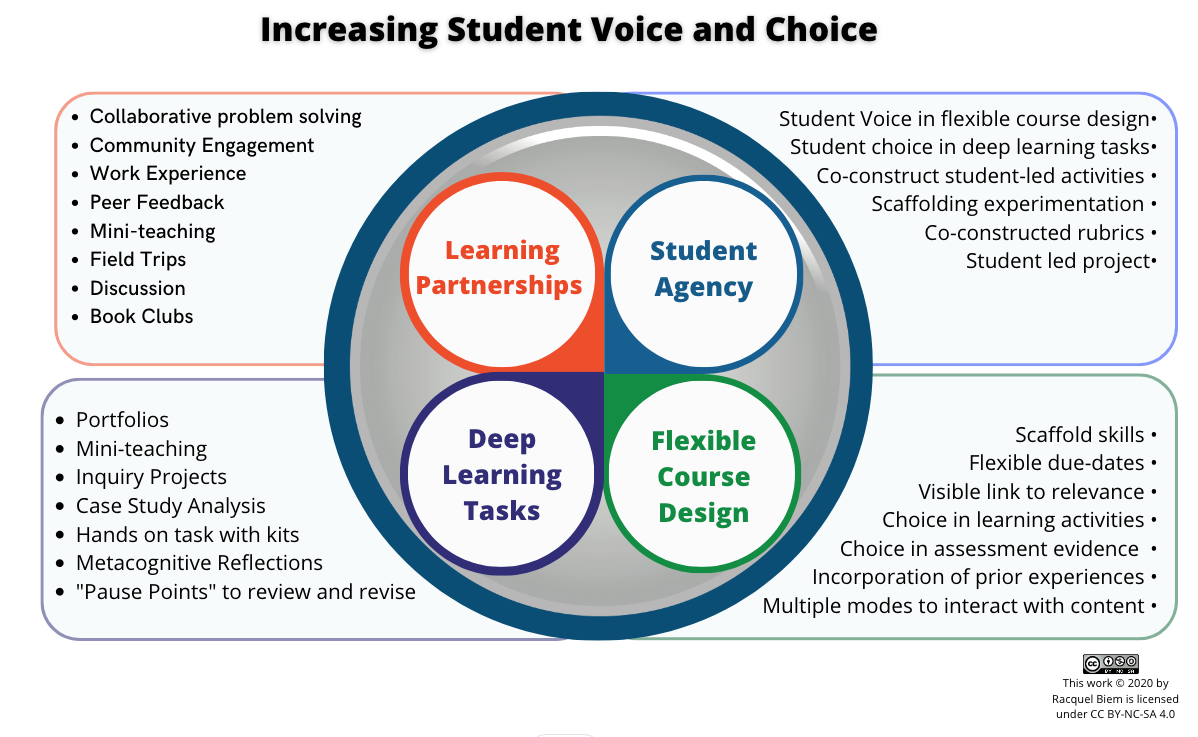Experiencing and Embracing Controversy in the Classroom
Structured controversy is ultimately an active learning activity where small teams of students (3 or 4) prepare for and then argue different sides of the same issue with different opponents in a rotating cycle. Groups each take a turn arguing the affirmative and the negative, but arguing against a different group each time. Needless to say, the classroom buzzes with multiple, simultaneous debates! I was introduced to this learning activity by a colleague who pointed me to these resources from the U of S College of Medicine including video of Dr. Marcel D’Eon demonstrating and explaining this teaching strategy for a large group of health science students.
I would, and do, choose this activity because it is an engaging, and focused way to explore, from multiple perspectives, a relevant issue in depth in a short amount of time. Along with this, it is a chance for students to develop and practice effective communication in a low stakes conflict of sorts. This activity provides students with the opportunity to see, firsthand, the contribution different ways of seeing the same issue can make to individual and group understanding. Both times I have used this activity, I have assigned pre-reading to inform students’ arguments and to make the point that we often each can draw different points from the same readings.
My colleague who first suggested using a structured controversy activity to me said she had learned about it during a Course Design Institute offered by the Gwenna Moss Centre for Teaching Effectiveness and had decided to develop the activity for her course and to try it out. I’m thankful for her recommendation and encouragement to try it myself. Perhaps you’ll give-it-a-go, too?

